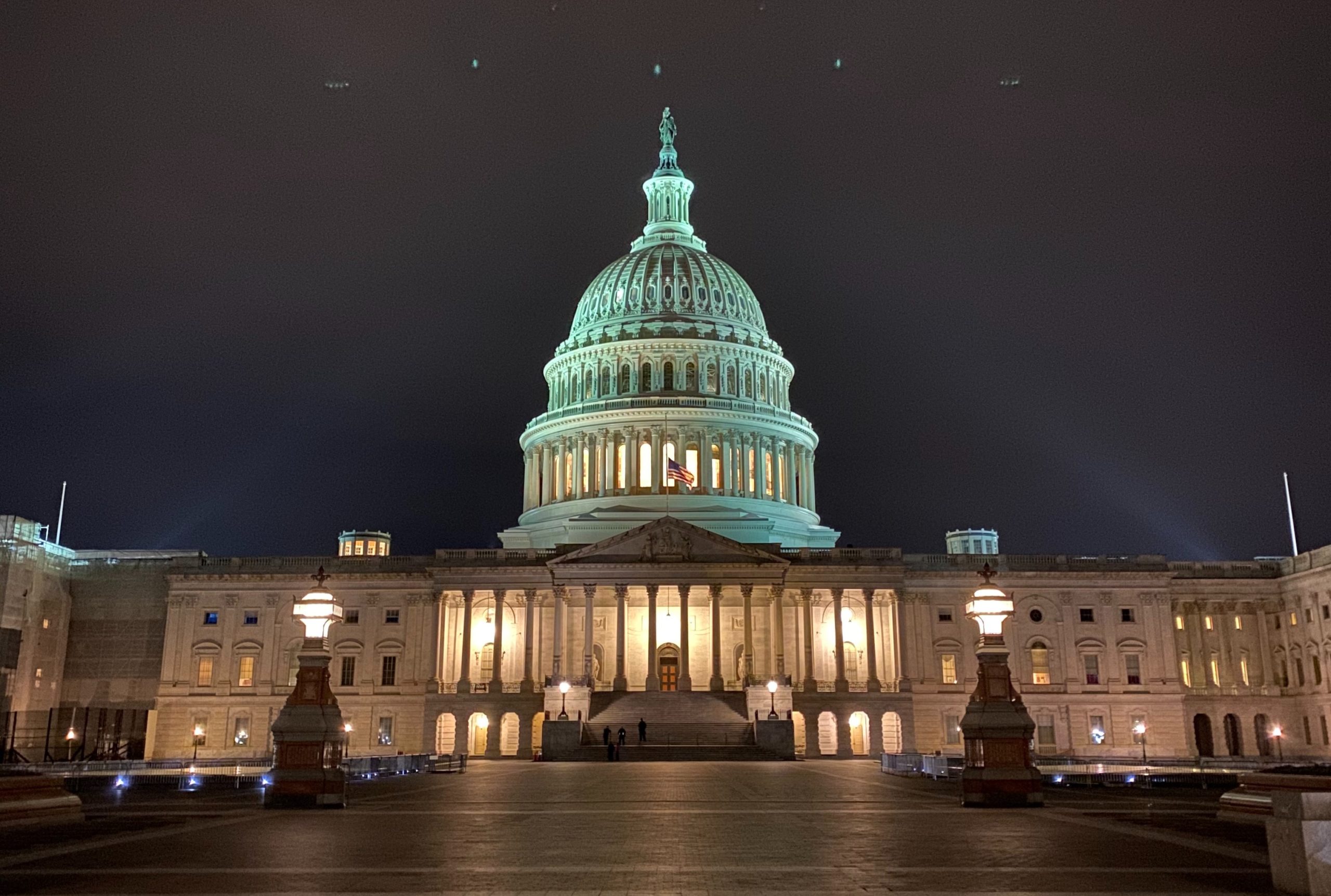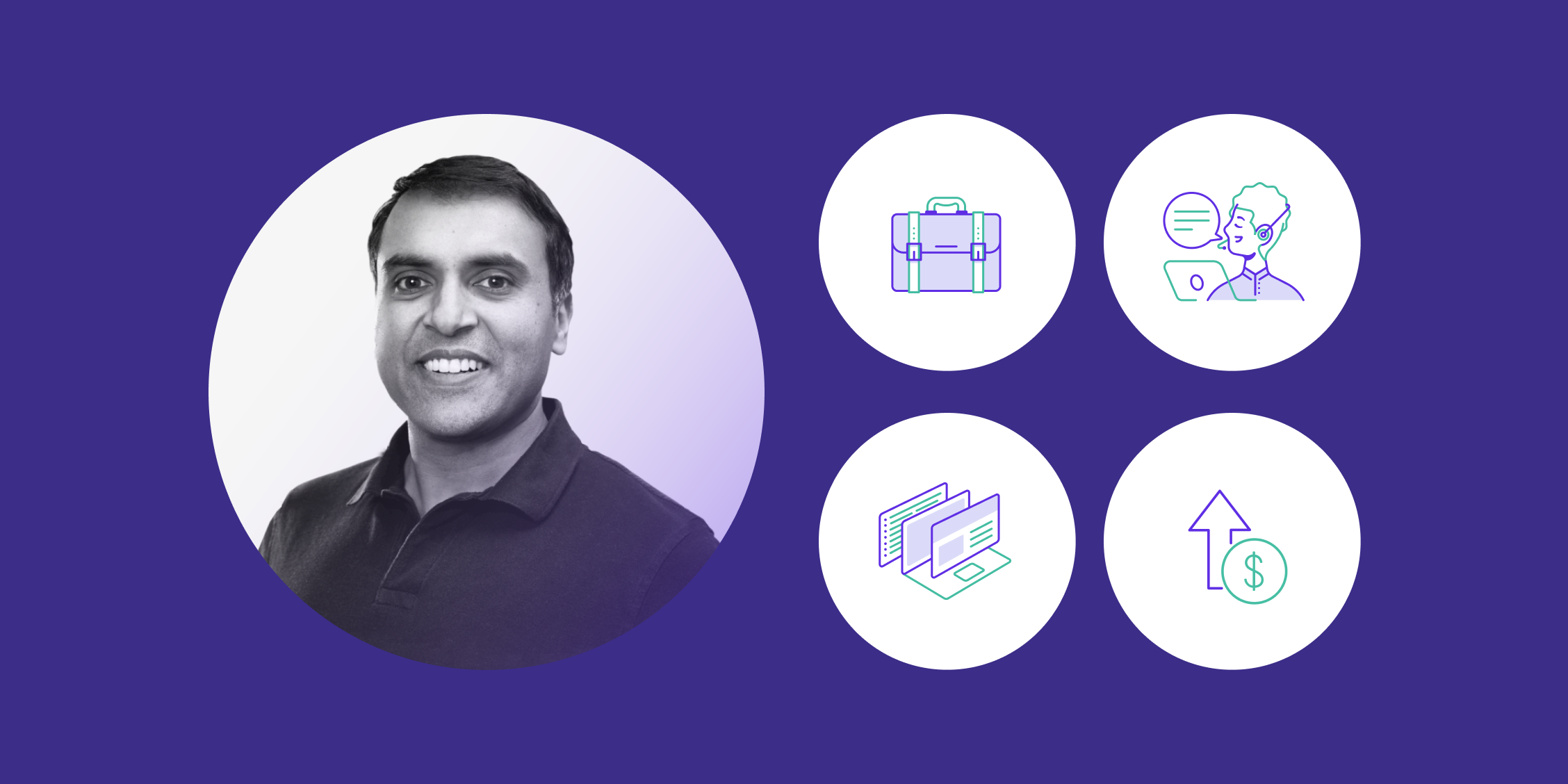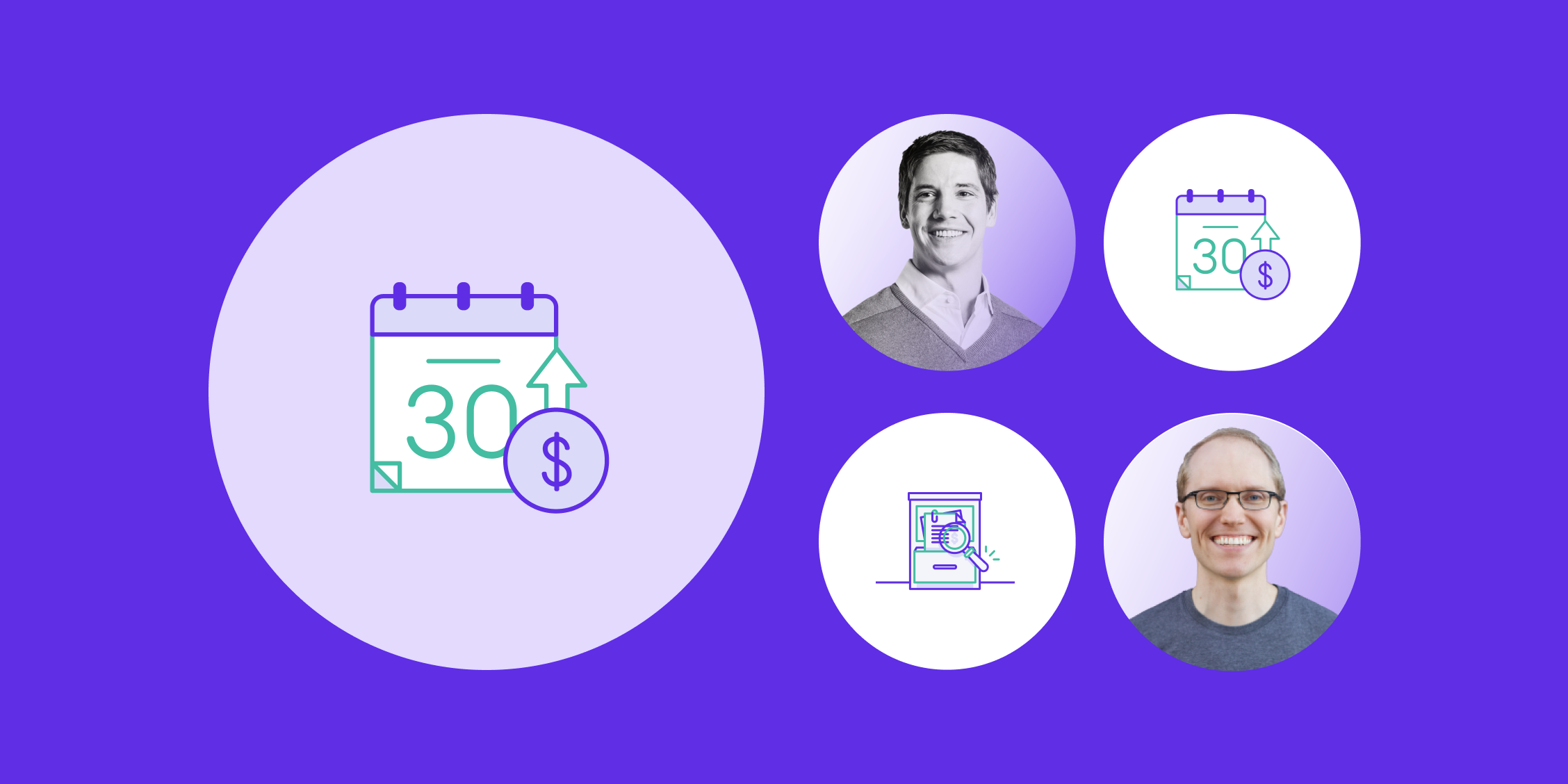How startups might benefit from the new federal stimulus bill
A confirmation email has been sent to your email.

Pilot’s guide to the Paycheck Protection Program and CARES Act for startups
Update, January 21: The updated PPP program, called the Second Draw or PPP2, went live mid-January with some changes from the original. We have a full update here: PPP2 is Live: How it Works
This article references the original 2020 PPP program.
If you’ve been following the news recently, you’ve heard that a $2 trillion coronavirus stimulus package has recently been signed into law—and that that stimulus package contains some provisions that may help startups and small businesses.
At Pilot, we provide bookkeeping, tax prep, and CFO services for ~1000 startups. We know things are hectic for everyone right now, so we wanted to provide a simple overview of the provisions of the stimulus package that are most likely to benefit startups. This is a dynamic topic, and we’ll be keeping this article up-to-date as new information emerges.
First, a disclaimer: I’m a three-time startup founder and startup finance enthusiast, but I’m not a lawyer, financial advisor, etc. This article is not legal, financial, accounting or tax advice and isn’t meant as a substitute for consulting your own qualified advisors.
Summary
Note: we also discussed the PPP in a webinar on 4/8—register here to receive the recording.
The most interesting part of this new legislation for startups is the Paycheck Protection Program, and under it:
- Startups may be eligible to receive a forgivable loan (a loan that can convert to money you keep) of 2.5x your average monthly payroll (up to $10m), subject to some restrictions.
- The loan will not require a personal guarantee from the business owner
- To be forgiven, the amount needs to be spent in eight weeks, and the amount of the loan that is forgiven will be reduced by layoffs or certain salary reductions
- Some startups may not be eligible for the program (depending on the precise ownership and control provisions)
Applications are now open, and it’s not clear how long the funds will last, so get in touch with your bank ASAP. More application details here.
Why is this interesting for startups?
The government has always administered a loan program for small businesses via the US Small Business Administration, but this loan is different for two key and important reasons: (1) the loan can be forgiven, and (2) it does not require a personal guarantee.
Loan forgiveness is an incredibly powerful thing, because it means that if you comply with the requirements for the loan being forgiven, it functions more like a grant—non-dilutive capital from the government to help keep your company afloat when it needs it the most.
The fact that it does not require a personal guarantee is also a boon for startup founders. If the loan also required the founder to potentially be saddled with a bunch of personal debt in the event that the startup fails, it would be a much less attractive proposition.
The loan requires you to certify in good faith that (1) the uncertainty of current economic conditions makes the loan request necessary to support your ongoing operations, and (2) that you’ll use the loan proceeds to retain workers, maintain payroll, etc.
How is the loan amount calculated?
The loan can be up to 2.5x your startup’s average monthly payroll cost, but not more than $10m. That average is calculated looking at the average total monthly payroll costs incurred in the previous twelve months. (Or if your business was not active in 2019, it looks at the average in January and February). That payroll cost includes insurance premiums for your company’s healthcare benefit, and commissions (e.g. for your sales reps.)
However, one key thing that is excluded from that calculation: if you have employees paid more than $100k/year, their contribution to this amount is capped at an annualized rate of $100k.
Your payroll provider should have a report that will compute the amount you might be eligible for.
(There was a lot of anxiety in the industry about the exact right way to compute “monthly payroll costs”—in particular, should it include federal taxes or not?—but this seems to be mostly resolved.)
What can you use it for?
There are two major constraints if you’d like the loan to be forgiven:
- You have to spend the money within a certain range of time. Originally this was eight weeks from receiving your funds, but per the 6/5 PPP Flexibility Act businesses now have 24 weeks (6 months) to spend their loan,
- It needs to be spent on payroll costs, rent, mortgage interest, or utilities. The payroll cost is subject to the same constraint as above—you can’t use it for the incremental compensation over $100k for anyone who is paid that amount.
These constitute huge areas of expense for most startups, so this isn’t an onerous requirement.
What will reduce loan forgiveness?
There are two criteria that would reduce the amount of loan forgiveness eligible to a company under this program, and they are (1) reducing the number of employees, or (2) a 25%-or-greater reduction in the wages of any employee paid less than $100k.
In both of these cases, the loan forgiveness reduction is proportional to the decrease in payroll cost. The PPP Flexibility Act slightly relaxed this requirement, with a longer window for when employees can be hired back and allowances for reduced operating ability, but maintaining payroll remains important for loan forgiveness.
Are VC-backed startups eligible?
This continues to be a very complex topic, and we think you’re going to be best-served talking with your law firm about whether or not you are eligible. Again, we’re not lawyers and this is not legal advice, but: our layperson reading is that you’re potentially in the clear on the affiliate rule if (1) no one who owns other companies owns >20% of your company and (2) no one has control provisions that let them e.g. veto actions your board would otherwise take.
If they do have control provisions, your lawyers might have advice on whether you qualify or could if you amended your documents. Here’s a longer article in Forbes with some more detail.
How do I apply? What materials do I need?
You apply through a lender, not via the government directly.
Here’s what we know (as of 4/28 @ 8am PT):
- First Republic is currently accepting applications for existing customers via email (contrary to rumors that they were not participating)
- Mercury is accepting applications from current customers
- Chase has started collecting callback information from interested clients and is working on launching a full application
- Bank of America is now relaxing its requirements so that you can apply even if you don’t have a lending relationship with them already (but you still need to be an existing customer)
- One of our partners, Carta, announced that they’re accepting PPP loan applications regardless of whether or not you’re an existing customer. They’ve told me that, at the moment, they’re seeing an approximately 48-hour turnaround time between “all materials received by Carta” to “case approved” by the SBA. You can apply here.
How do I get my loan forgiven?
The SBA has now released an official PPP loan forgiveness application form, along with guidance on how the process would work:
- As of new legislation 6/5, you need to use all the funds within 24 weeks of receiving them, with at least 60% spent on eligible payroll, in order to have the loan fully forgiven.
- You’ll apply for forgiveness through your lender.
- You’ll need to provide substantial documentation to prove the funds were spent correctly.
More info available here: PPP Loan Forgiveness: What We Know
The PPP ran out of funding. What now? Is there more money?
The PPP ran through its initial $350B funding on 4/16 – just 13 days after the SBA began accepting applications. The program was temporarily suspended; however, Congress passed a second aid bill on 4/24 that contains an additional $320B to restart the PPP.
Demand for PPP loans remains high, and the Treasury has stated that 6/30/20 will be the last day for PPP loan applications to be approved. If you intend to apply for a PPP loan and have not yet done so, you should start as soon as possible.
We’ll continue to update this post as we learn more, and will provide guidance here about how to work through it when there’s more clarity.
FAQ
Is this different than the EIDL Disaster Recovery Loan that I can apply for at covid19relief.sba.gov?
Yes, it is. It’s a bit confusing, but the “Economic Injury Disaster Loan” (which you apply for at that URL) is distinct from the Payroll Protection Program loans.
Two noteworthy details:
- Only the Payroll Protection Program loan is eligible to be forgiven
- If you’re applying for an EIDL above $200k, I believe it’ll need to be personally guaranteed (I’m not 100% sure on this particular detail so take that with a grain of salt)
Can I count contractor expense towards payroll expense?
Guidance released on 4/2 from SBA says “No, independent contractors have the ability to apply for a PPP loan on their own so they do not count for purposes of a borrower’s PPP loan calculation.”


